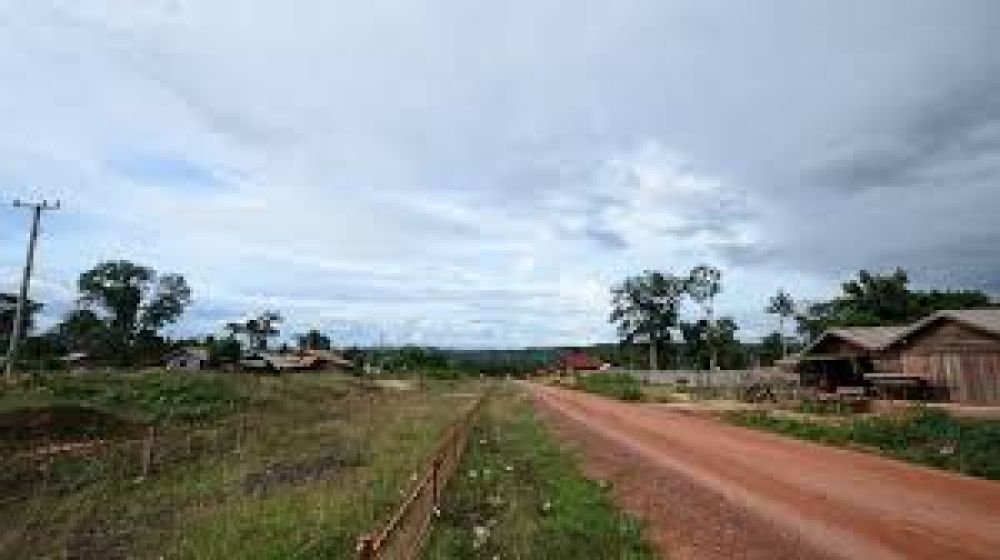

The Ho Chi Minh Trail, a network of roads, paths, and river systems, became one of the most important military supply routes during the Vietnam War. It ran from North Vietnam through the neighboring countries of Laos and Cambodia to the battlefields of South Vietnam. While the trail spans several countries, the Laotian segment, and particularly the parts running through Savannakhet Province, played a key role in the movement of troops, supplies, and equipment.
The use of the trail began in the late 1950s but it became crucial during the Vietnam War, which lasted from 1955 until 1975. Despite heavy bombing by American forces aiming to disrupt supplies, the Ho Chi Minh Trail's strategic significance remained formidable. After the war, sections of the trail within Savannakhet, Laos were left largely untouched, becoming living monuments of resilience and historical significance.
In the years following the war, the areas surrounding the Ho Chi Minh Trail in Laos were isolated due to unexploded ordnance and challenging terrain. However, as these dangers have been progressively cleared, the trail has become an increasingly popular tourism destination, attracting history buffs, adventure travelers, and nature enthusiasts alike.
The government of Laos, recognizing the potential of the trail to attract international visitors, has worked to develop responsible and sustainable tourism practices in the region. Efforts to preserve the historical and environmental aspects of the trail while providing income for local communities have become a priority.
In recent years, there has been a rise in eco- and adventure tourism in the region. Tourists are drawn to the rugged beauty of the landscape and the opportunity to explore a significant part of Southeast Asian history. Guided motorcycle tours, trekking expeditions, and cultural exchanges have become particularly popular.
The preservation and education regarding the war's history have become integral elements of visiting the Ho Chi Minh Trail in Savannakhet. Museums and memorials offer insights, while local guides share firsthand accounts and historical knowledge with their guests. Additionally, homestays and community-based tourism initiatives allow visitors to explore the Lao way of life while positively impacting local economies.
Travelers to the Ho Chi Minh Trail in Savannakhet can expect a unique combination of historical education and ecological adventure. The government and tourism developers encourage visitors to engage with the local environment respectfully, minimizing their ecological impact while maximizing the educational and cultural exchange opportunities.
With improved infrastructure, increased safety measures, and a focus on sustainable tourism, the Ho Chi Pond Trail in Savannakhet stands as a testament to resilience and a beacon for travelers seeking to understand the complexities of history while enjoying the natural beauty of Laos.
Those planning a visit can look forward to detailed tours, hikes through lush jungles, and a deep dive into the history of the Indochina wars. It is a journey that goes beyond the typical tourist path, offering a profound glimpse into the past and present of Southeast Asia.